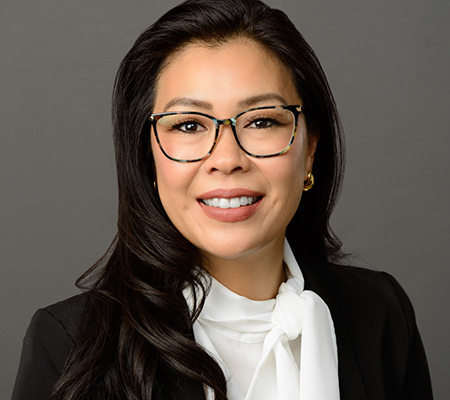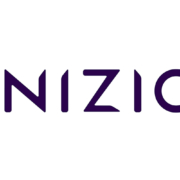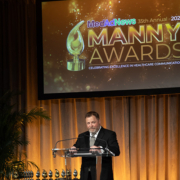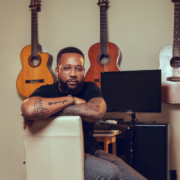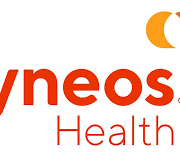Social media in healthcare advertising
Social media in healthcare advertising
By Elizabeth Dignam, Greater Than One
Today, more than 50 percent of U.S. adults rely on social media to help them make major decisions about their health care. That’s why having an effective content strategy for platforms like Meta, TikTok, and YouTube is more important than ever.
But just being on social media isn’t enough. It’s crucial that companies humanize their brands and establish trust with consumers. Why is this important? Because 78 percent of consumers are looking for brands to foster meaningful connections through social media.
There are a number of ways that brands can use social media to create consumer connections, from utilizing influencer marketing to leveraging various platform functionalities. This will in turn expand reach, increase customer retention, and, most importantly, turn potential customers into long-term brand loyalists.
Reaching the target audience
In order to reach the target audience, it’s crucial to select the right social media platform based on user demographics, as well as consider the content formats and user behaviors that will best support campaign objectives. Developing an understanding of a target audience’s behaviors will help ensure that the right strategies are utilized that will result in strong brand loyalty.
Audience demographics. When targeting patients or individual customers, consider audience demographics first. Currently, healthcare social marketing efforts are best spent targeting Gen Z and Millennials, and to a lesser extent the Gen X demographic. While 33 percent of Gen Z, 26 percent of Millennials, and 14 percent of Gen X turn to social media for healthcare advice, only 5 percent of Baby Boomers share this habit.
User behavior. Understanding users’ behavior on each platform will not only help decide where to focus efforts, but also which tactics will best accomplish the brand’s goals. If raising awareness is a priority, knowing which platforms users turn to, and trust, when seeking out educational information will be key.
Eighty percent of Millennials, and a similar portion of Gen Z, prefer to consume educational material through video, making TikTok and YouTube the optimal platforms to utilize. Meanwhile, Gen X prefers to stick to the platforms that they have the most experience with, which are primarily Facebook and YouTube.
Platform features. The Live Q&A features on Facebook, TikTok, and YouTube provide a unique opportunity to interact with the target audience and build credibility through helpful, educational material. These platform tools are a great way for healthcare brands to educate consumers through free digital panels, Q&A sessions, and meaningful discussions.
Demonstrating a desire to help customers solve problems, even when tangentially related, builds the kind of credibility that has a lasting impact. It’s also one of the best ways to turn customers into evangelists, boosting a brand’s trustworthiness through digital word of mouth.
Engage users and establish trust
Determining the right platform to reach the target audience is only step one of a great social media strategy. Step two focuses on creating attention-grabbing content and establishing trust in order to spread the brand message and engage consumers. Video storytelling, influencer partnerships, and educational content are some of the best ways to achieve this kind of brand loyalty on social media.
Influencer partnerships. For social media campaigns to be effective, it is crucial that healthcare advertisers build trust among their target audience. One major way to establish this type of credibility is to partner with the right Influencers. After all, 59 million people rely on social media Influencers to deliver trustworthy healthcare information.
Oftentimes, these patient, caregiver, and HCP influencers have millions of loyal followers who can lend credibility to the brand’s message and expand reach. This can be incredibly impactful considering 75 percent of customers trust the input of influencers over brands when it comes to their important purchasing decisions.
Educational content. The mass adoption of TikTok has proven that people love learning something new from social media. To build an engaged following, share educational content that sheds light on new issues or answers common questions. One study published by Registered Nursing found that the most engaging healthcare videos are those that involve treatment explanations or breakdowns of treatment information. As of June 2023, TikTok users had already spent more than 1 billion hours watching educational healthcare videos, demonstrating its massive potential to move the needle when it comes to healthcare topics.
Video storytelling. To reach new customers and increase brand loyalty, focus on creating engaging storytelling content that allows users to form a personal connection with the brand or message. Once brand loyalty has been established, consumers have been shown to increase spending by 57 percent. For pharma companies, shining a spotlight on the real-life human experiences of families impacted by disease can be a powerful way to build lasting bonds.
Compliance and ethics guidelines
Healthcare marketers face a unique challenge when it comes to advertising on social media. Stringent communication regulations demand strict adherence for companies to avoid serious consequences. However, once these guidelines are understood, companies can harness the full potential of social media to build a loyal, engaged audience.
Healthcare marketers must be sure they partner with agencies that understand the relevant legal guidelines including HIPAA, FDA advertising and promotion regulations, as well as state medical board rules. It is also important to be aware of limitations around what can and cannot be promoted, as well as disclosure and transparency requirements.
The extra effort to adhere to strict regulatory measures is worth it in the long run. Through education, engagement, and optimization, healthcare companies can leverage the power of social media to continually attract new customers and increase brand loyalty, recognition, and retention.
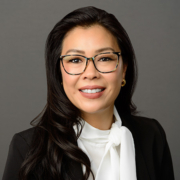 |
Elizabeth Dignam is associate director, search & social, at Greater Than One. |

